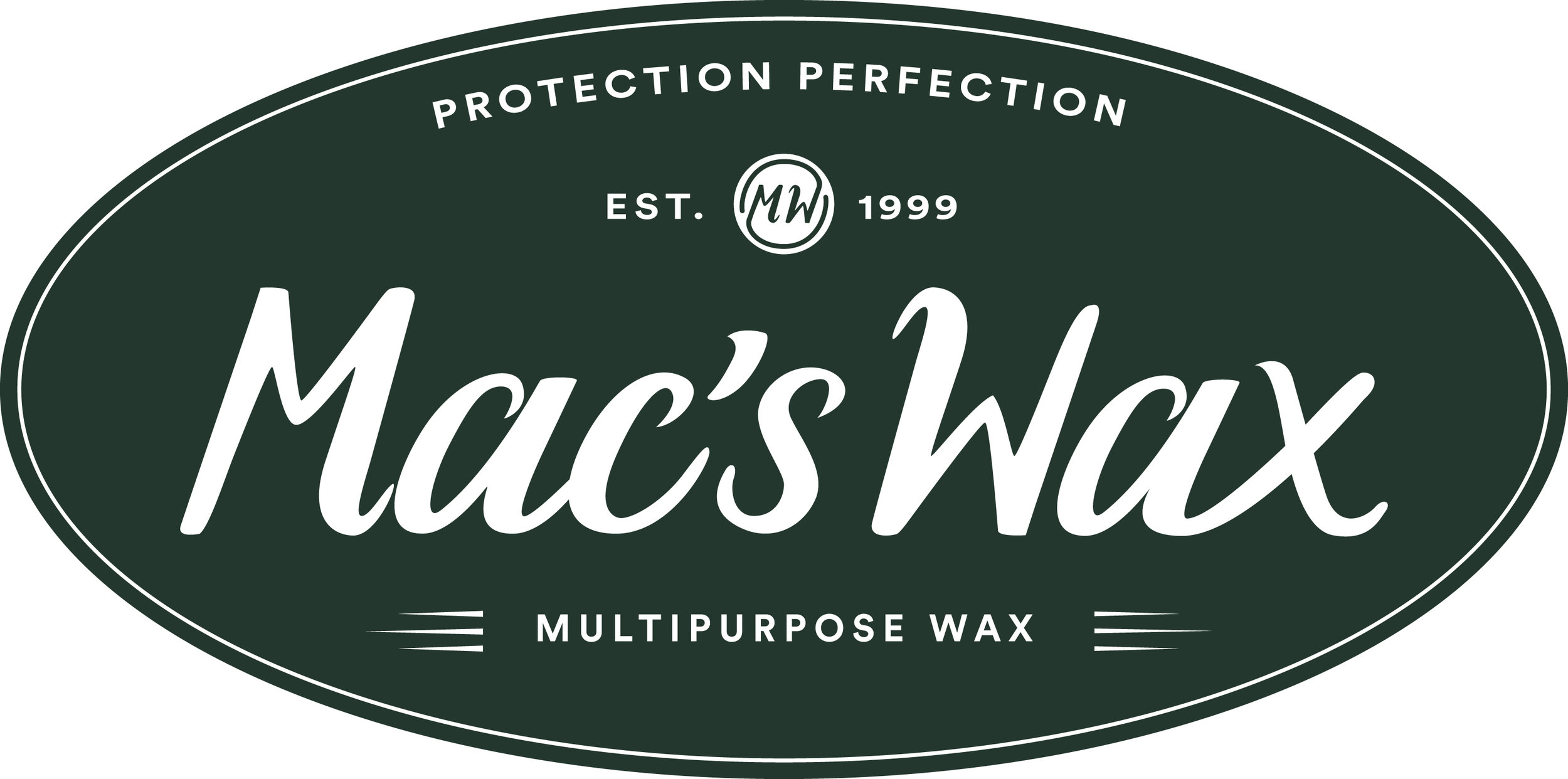CAUTIONARIES
Always shake the bottle before use to ensure good mixing of the Mac’s Wax.
Because Mac’s Wax "cleans while it polishes" it will tend to strip off softer waxes and replace them. This is only really a problem when the softer waxes contain stains (a very poor method of enhancing wood).
If applied too thickly on a lacquered surface, it will need excessive buffing to eliminate streakiness. Use a paper towel to help remove excess Mac’s Wax in this case.
If the first coat is applied too thinly on raw wood, it will not develop color adequately and the sealing effect of the first coat will resist subsequent coats from penetrating effectively. Always flood the first coat and allow a good 10 to 15 minutes for the Mac’s Wax to soak in.
When treating raw wood, make sure that the wax is evenly spread and the surface kept "moist" during the soaking stage. Some woods are more porous than others and so will behave differently.
Do not squirt directly onto raw wood from a height as this can "impact feed" the wood and leave a darker mark (Although this will dissipate with time and blend in naturally)
For best results apply and allow to stand overnight before buffing. This allows the wax to penetrate and the surface wax to build.
Mac’s Wax, as with all wax products, will repel water but not seal against ingress completely.
To avoid water-marking your wood surface, do not allow water to "stand" for any length of time.
To remove a water-mark from the wood surface, apply Mac’s Wax liberally to the area affected and allow to soak overnight. If that is not successful, a full sanding removal is required.
This product will support combustion and should be handled accordingly. Keep away from naked flames and other sources of ignition.
Keep out of reach of children.
In the case of ingestion, do not induce vomiting (to prevent it entering the lungs), give 1 to 2 glasses of water and seek medical attention.
